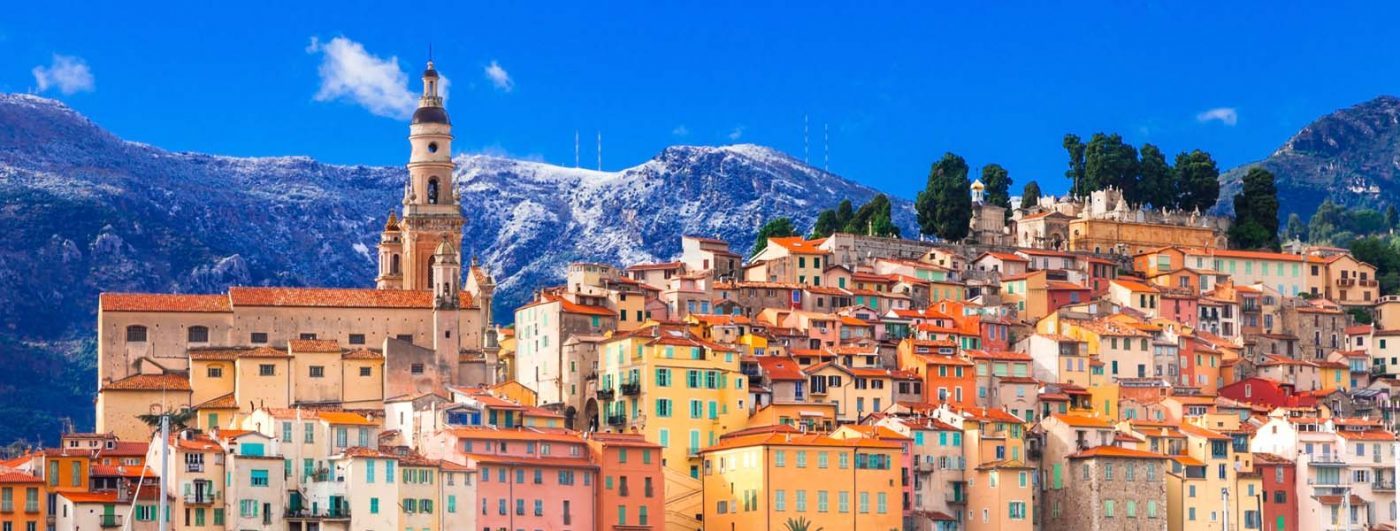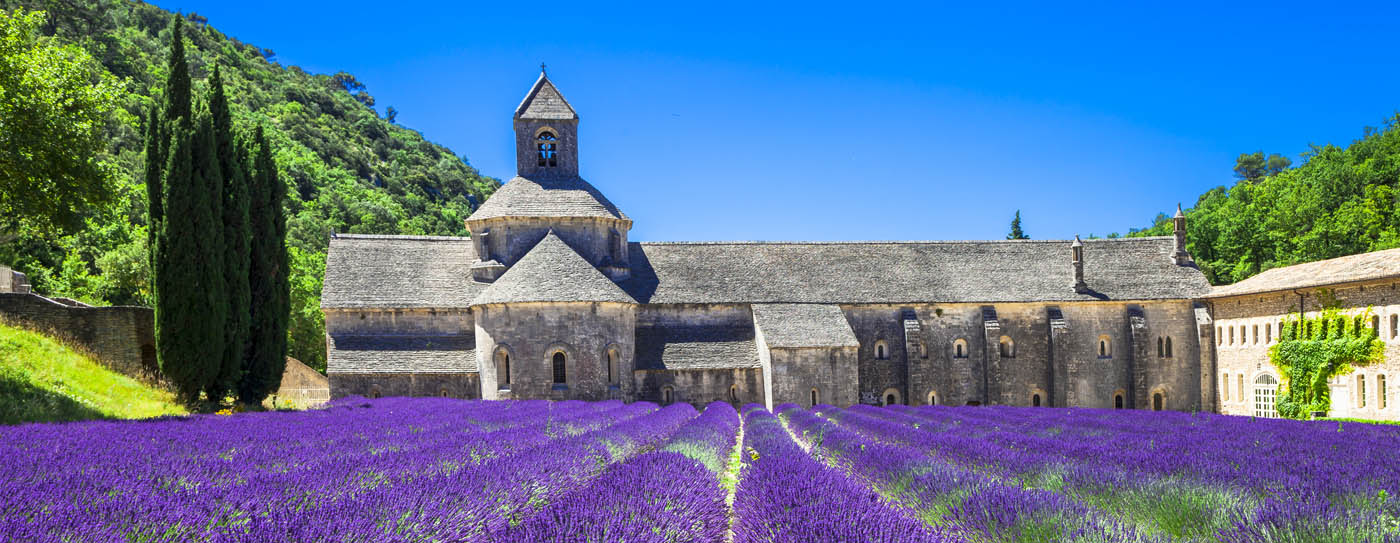
Van Gogh’s Provence
1888 was an auspicious year. A centenary was celebrated in Australia, The National Geographic Society was formed in the US, and a little known alcoholic named Vincent moved to a city called Arles in the Provence region of southern France.
All of these events had repercussions around the world, yet Vincent’s effect in his particular realm – the art world – was possibly the most significant of them all.
In two years living in Provence, Vincent Van Gogh changed the course of art history, and if you visit the region you can see what inspired him to do so.
It’s best to start in Arles, where walking the streets is like a history lesson. Founded by a bold tribe called the Ligurians, it was eventually taken over by the Romans who promptly employed many of the piratical citizens as mercenaries. Smart move.
At the centre of the city then, and now, is a grand Amphitheatre that was built to seat 20,000 people cheering on chariot races, and jeering on gladiators in fights to the death.
Blood soaks the ground even still, at bullfights twice a year when the city is filled with concerts and celebrations, so however you feel about that particular past time, mid-September and April is a good time to visit.
In amongst the UNESCO world heritage listed remains however, if you keep your eyes open you’ll spot a number of scenes that may be familiar, if you’re a fan of Vincent’s that is.
You might stumble across a warmly lit line of tables outside of a café one evening, and recognise Vincent’s ‘Café Terrace at Night.’ And if you visit a few of the cafés, you may find yourself in ‘The Night Café’. A painting that Vincent himself wrote was meant to “express the idea that the café is a place where one can ruin oneself, go mad, or commit a crime”.
And by all accounts, he achieved two out of three. A tortured individual to say the least, his intent was to move away from the hustle of Paris and achieve solace in the beautiful countryside to be found in that part of the world.
Whether he found it or not, is debatable. Certainly in the two years he lived there, he produced the majority of his most famous paintings. His style evolving and becoming the colourful, expressive masterpieces we all know today.
So from a professional standpoint inspiration was found in leaps and bounds. However, considering he cut off his own ear in a fit of rage and then killed himself a year later, you’d be hard pushed to say he discovered the peace of mind he was searching for.
Yet the artwork he produced, was sublime.
It’s said that he intended to set up an artist’s retreat, of sorts, probably in the little yellow house where he lived. He painted it, of course, but unfortunately you can’t visit ‘The Yellow House’ as it was damaged in a 1944 bombing raid, and demolished thereafter.
Nevertheless, when his friend Gaugin came down from Paris to stay, he no doubt thought his dreams were coming to fruition, and in preparation painted a number of works to decorate the house, including ‘Vase with Fifteen Sunflowers’ and ‘Van Gogh’s Chair’.

Poor Vincent died with hardly a penny to his name, so there’s a bitter irony in the fact that ‘Vase with Fifteen Sunflowers’ was sold for $40 million in March 1987 – the largest amount ever paid for a painting at that point in time.
But what drew him to Arles in the first place? It’s hard to know for sure, but there is a special quality of light in Provence that’s magical, and for a compulsive painter on the border between genius and madness – well, why wouldn’t you chase some magic.
If you follow in his footsteps you’ll see for yourself. The glorious Southern coast of France, the majestic Alpilles Mountains, the sweeping meadows, the piercing cypress trees and the endless sky full of stars. All illuminated with a golden hue.
Walking tracks and cobbled paths take you between the ancient villages, untouched it seems over the millennia, and you can smell the lavender fields long before you see them. Even hear them, as the low thrum of bees announces an expanse of purple around the next corner.
Irises abound, in the fields, lanes and meadows often sprouting up in the lee of a cypress tree – and one of Vincent’s many paintings of Irises became the next ‘most expensive painting ever sold’ at the time, going for $53.9 million in September 1987.

Gaugin’s visit didn’t go as well as he was hoping for, however, and it was after a fight one evening that Vincent cut off his own ear. Absinthe was known to be a favourite tipple, and it’s also known to be hallucinogenic – so perhaps that didn’t help.
A few months later he checked himself into the Saint-Remy-de-Provence sanitarium, which, yes, he painted, and you can visit. It’s now called the ‘Clinique Van Gogh’ and, it was a view from his window here that’s recognised as one of the greatest paintings in Western art – ‘Starry Night’.
Wandering around Provence, you’re constantly surrounded by scenes that Vincent painted, and if you study his artwork in advance, you’ll add an extra layer of depth to your trip.
Will you be able to gain a better understanding of the addled mind that produced some of the greatest artwork of all time? Perhaps not. But you’ll see what he saw. The same mountains. The same wheat fields, and the same sunflowers that fired his creative genius. And surely there’s some magic in that.
Oh, a cautionary note before you go, we’d advise you to stay off the absinthe.
Find out more about our walks in Provence, book now online or call us on (03) 9597 9767.



There are no comments, be the first to comment.